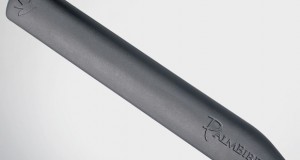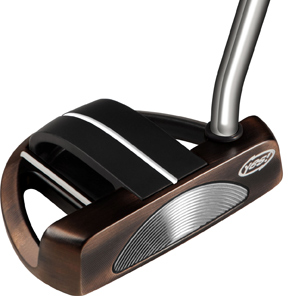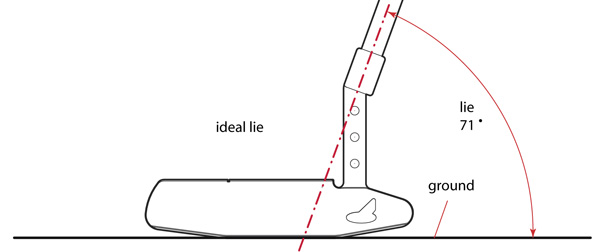 Is the problem you, or is it your putter? When your ball just can’t seem to find the hole, it’s hard to avoid this troubling question.
Is the problem you, or is it your putter? When your ball just can’t seem to find the hole, it’s hard to avoid this troubling question.
In the following opinion editorial, PutterZone.com seeks answers:
A reader recently wrote to PutterZone.com with the following observation: “I am a firm believer that golf is a confidence sport and, in reality, all of the equipment today is really quite good and the only thing that stands in the way of making a putt is the user.”
I agree—but not entirely. Yes, confidence is a huge factor in putting. The equipment today is, indeed, largely magnificent. And the user is the biggest factor in the performance equation.
However, I believe that the confidence and performance of the user can, in fact, be enhanced by the putter itself. While a putter won’t cure poor fundamentals, the right putter can maximize the results of proper fundamentals.
PutterZone.com affords me the unique opportunity to test many putters at once, at my own pace and at peace amid real playing conditions—as opposed inside a retail outlet with a salesman looking over my shoulder. I can attest that the variation in performance between these putters is remarkable, and I must attribute this to the putters themselves. I simply putt better with certain putters.
Does this mean that the others are flawed? No. It just means that certain designs and technologies work better for my individual setup, stroke, physique and feedback preferences.
I believe that this is true for most golfers as well.
For example, the Odyssey 2-Ball, Heavy Putter, Rife 2 Bar (pictured here), Wilson 8802 and Q-Roll Radius Face are all proven putting instruments. Nevertheless, they bear very little resemblance to each other, from alignment through weighting through feedback. As a golfer and an individual, it’s only natural that I would have different motor-skill responses to each of these putters, and that my responses might be vastly different than yours.
Look around the PGA Tour. Tiger Woods is married to his Scotty Cameron putter, Phil Mickelson alternates between two Odyssey putters, and Sergio Garcia has been utterly promiscuous with different brands and styles. If putting had nothing to do with the putter itself, then why do we see such equipment volatility at even the highest levels of golf? Clearly, even the best players in the world gain a confidence boost from having just the right putter in their hands.
So, if you find yourself hating your putter more often than not, it might indeed be time for a divorce—and thus time to begin dating some new putters through online research and retail tryouts.
Obviously, the first test is whether or not you can roll the ball well with the putter. I also recommend paying careful attention to the more mystical qualities of the putter—do you love the way it sounds, the way it looks, the way it makes you feel when you’re standing over a putt?
If you sink some great practice shots with a putter but hate the way the putter looks, don’t buy it, because that aesthetic disdain will, at some point, undermine your confidence and performance. The same can be said if you don’t like the way it sounds upon contact, or if you don’t enjoy the tactile sensation it gives you when striking the ball.
Life’s too short not to truly love everything about your putter, and the good news is that you have more options than ever before to find the right match.
 PutterZone – Best Putter Reviews
PutterZone – Best Putter Reviews



